How to Prevent Lumbar Herniated Disc?
|
| Low back pain (LBP) is a heterogeneous group of musculoskeletal conditions that affect 65 to 85% of the people worldwide. Lumbar prolapsed intervertebral disc (PIVD) or herniation among LBP patients is one of the most prevalent musculoskeletal disorders. Prevalence is higher in men as compare to women and the majority of those affected are between 30 and 50 years of age.
|
|
|
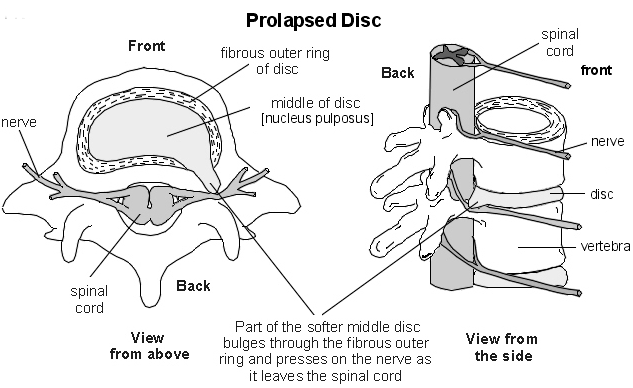
|
|
The lumbar spine contains five vertebrae and intervertebral discs that make up the lumbar spine has a lordotic curve. The intervertebral discs consist of an inner nucleus pulposus (NP), outer annulus fibrosus (AF), and the cartilaginous endplates that anchor the disc to its vertebras. Disc prolapse is most common at the L4-L5 and L5-S1 levels and is more common in the lumbar region than in any other area.
|
|
|
|
Risk Factors of Lumbar Slipped Disc
|
| Risk factors
|
Description
|
| Individuals who have a family history of slipped discs are probably genetically predisposed to the condition.
|
| Lumbar disc herniation is more common in people between the ages of 30 and 50 and its incidence rises with age.
|
| A higher body weight puts additional strain on your lower back's discs, raising your chance of getting a lumbar herniated disc.
|
| Men are more likely than women to suffer from lumbar herniated discs.
|
| Nicotine speeds up disc degeneration, interferes with the intervertebral discs' ability to receive nutrients, and causes additional disc damage.
|
The lower back is subjected to more strain in physically demanding occupations due to activities like forward bending, heavy lifting, and carrying heavy objects.
The risk of disc degeneration is increased by sedentary work because prolonged sitting puts constant compression loads on the spine.
|
| Taller people may be more likely to suffer from disc herniation, according to one study.
|
|
|
|
Symptoms of Lumbar Slipped Disc
|
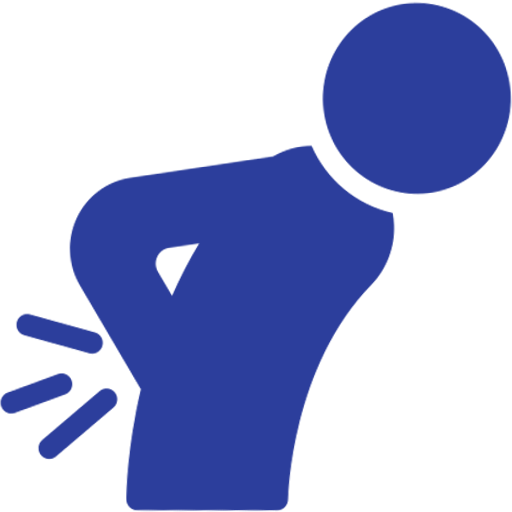
|

|
| Sciatica
|

|
| Numbness or pain that originates from the lower back and shoots down the buttock or legs.
|
|
|
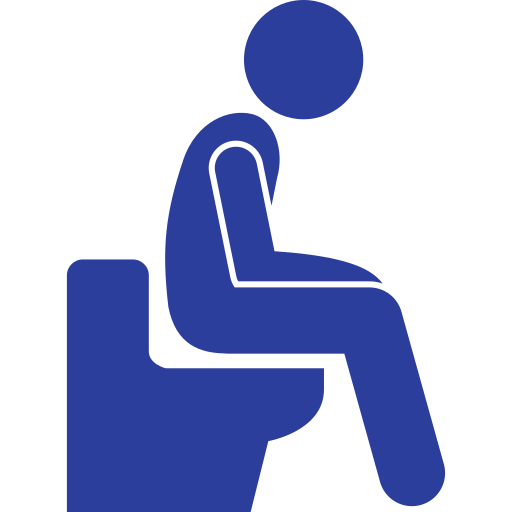
|

|
| Incontinence
|

|
| The inability to control bowel movements and urination.
|
|
|
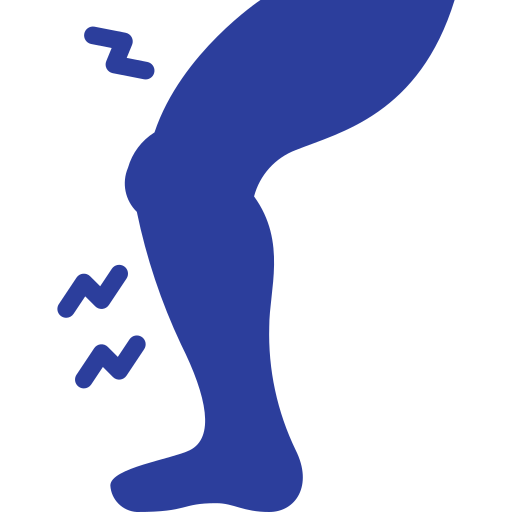
|

|
| Leg Pain
|

|
| Pain in buttocks, thigh, calf, and foot.
|
|
|
|
|
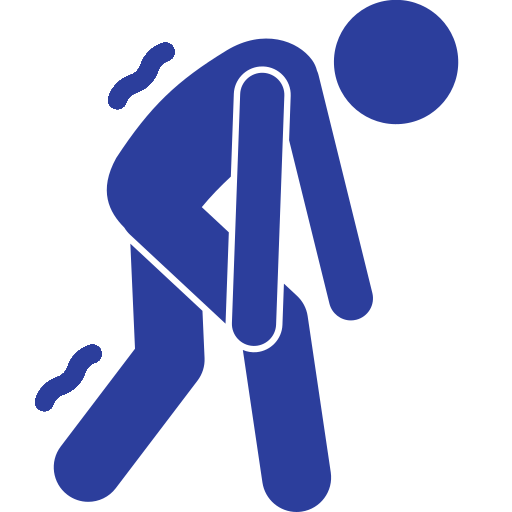
|

|
| Weakness
|

|
| Weakness in muscles that cause stumbling, or affects the ability to lift or hold items.
|
|
|
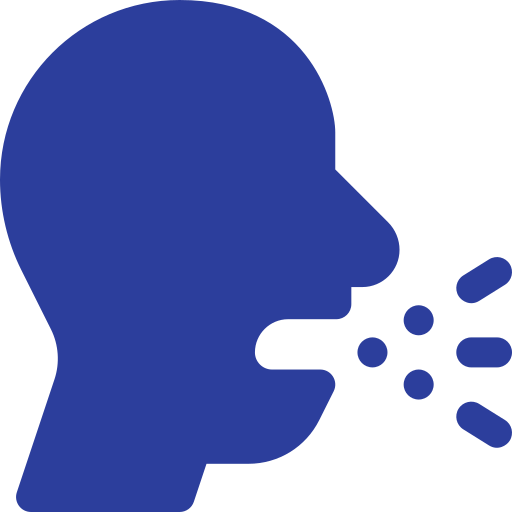
|

|
| Sharp Pain
|

|
| Burning or sharp pain that may shoot to the leg when coughing, sneezing or changing positions.
|
|
|
|
|
How to Prevent a Slipped Disc
|
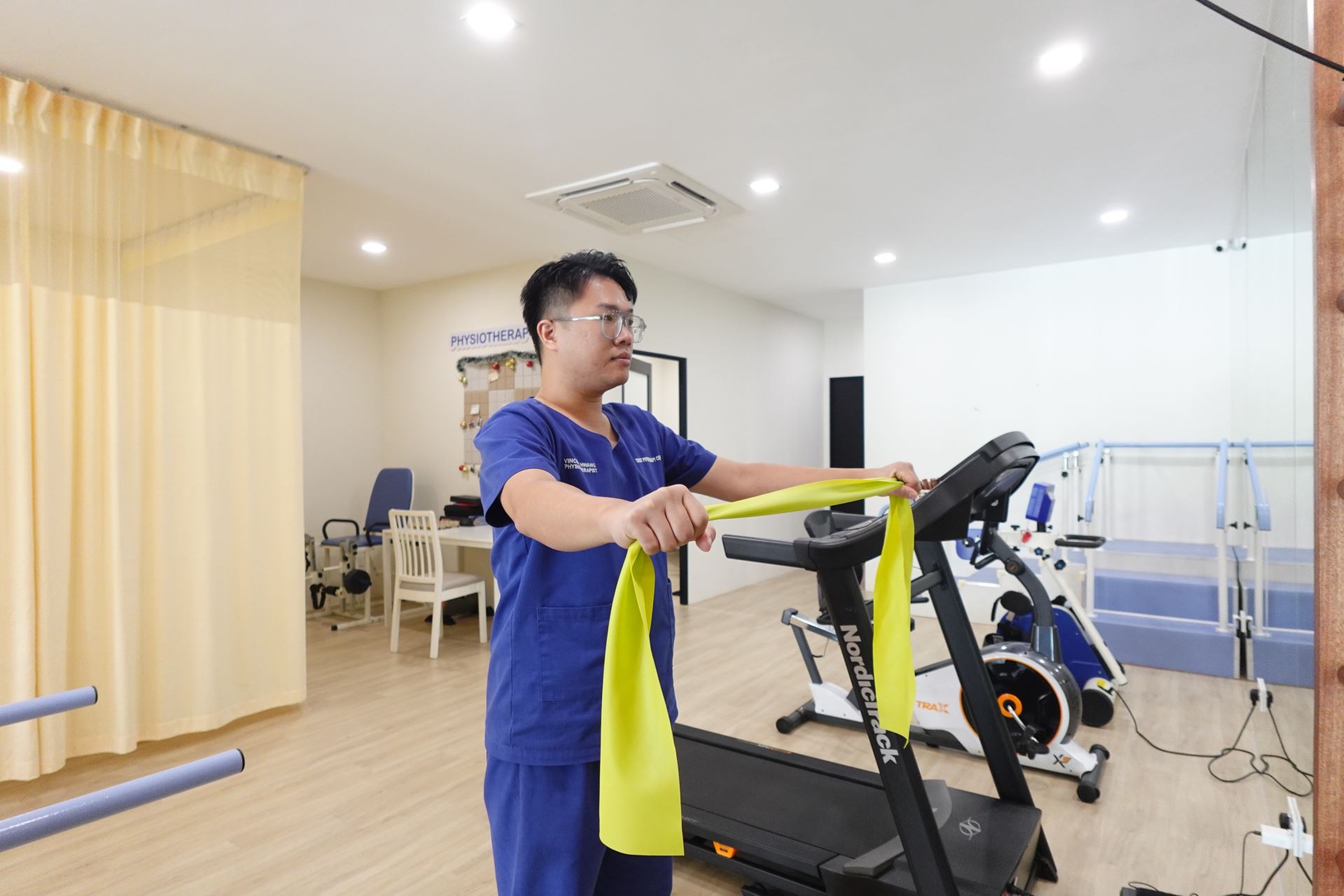
|
Engaging in Regular Exercise
|
| Staying Well-Hydrated
|
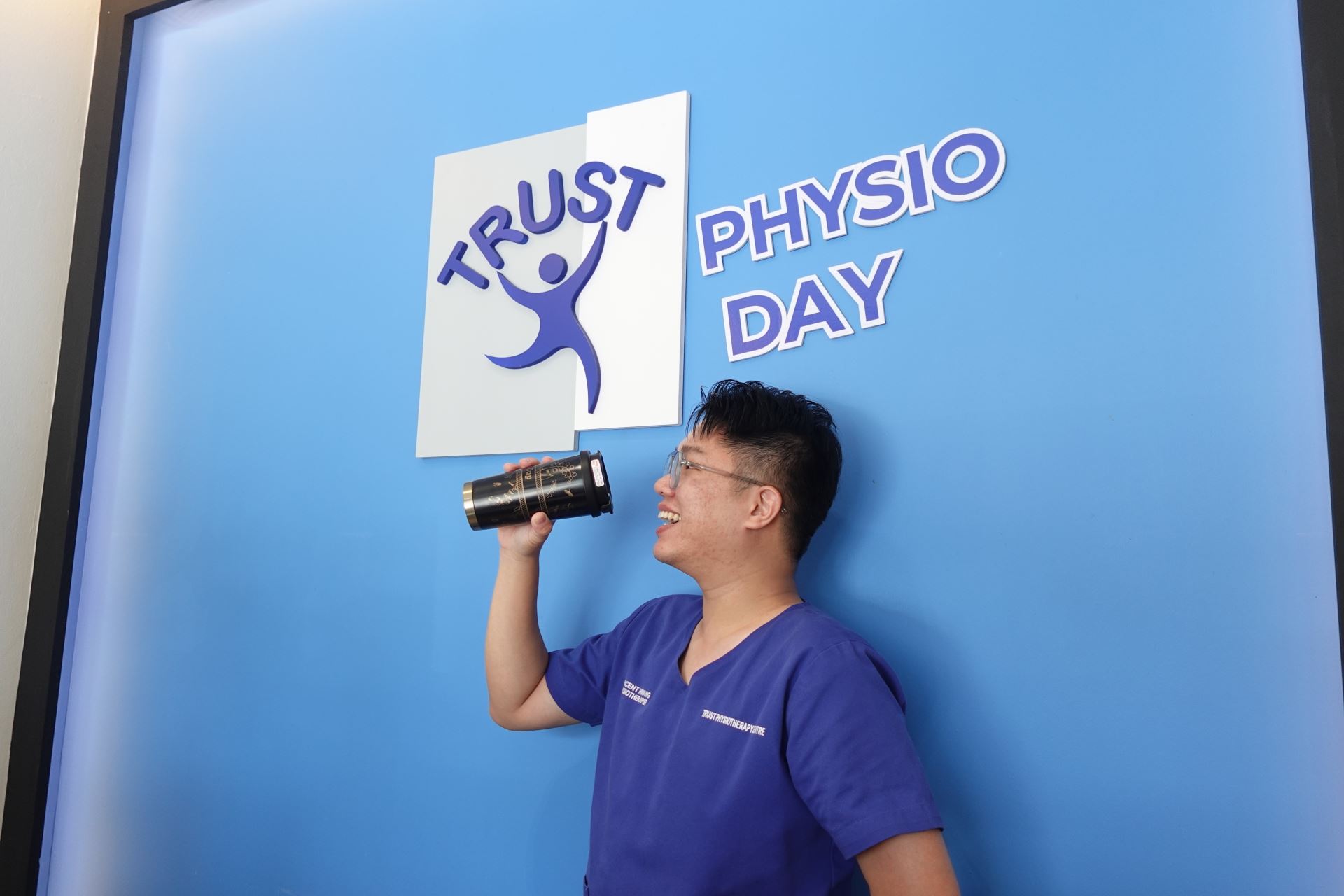
|
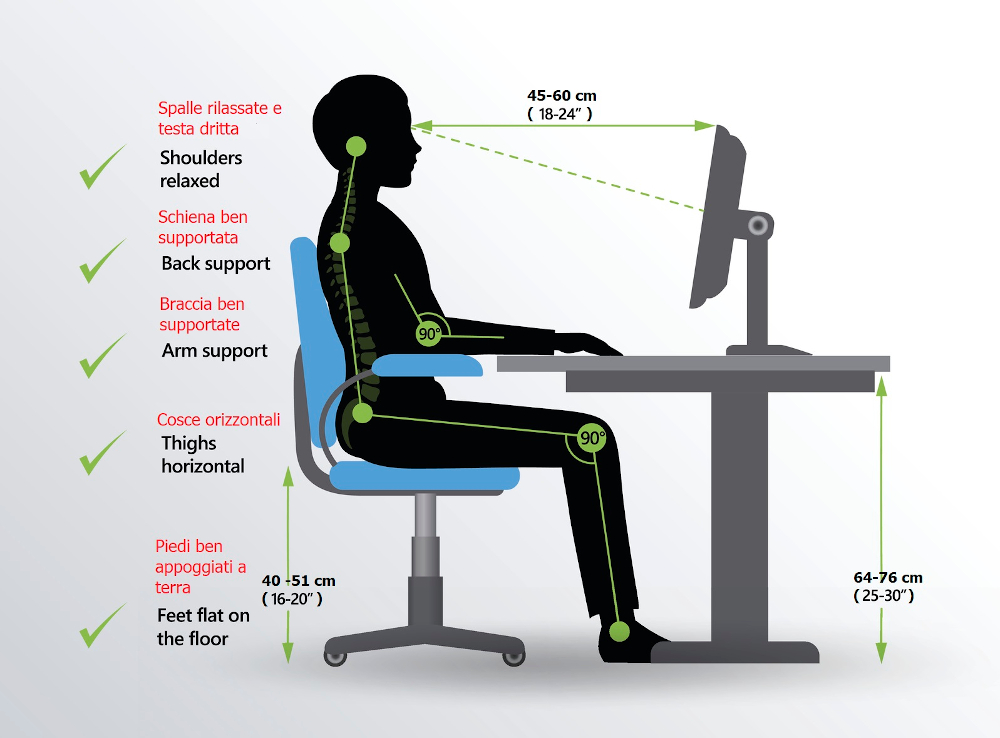
|
Good Posture
|
| Healthy Weight
|
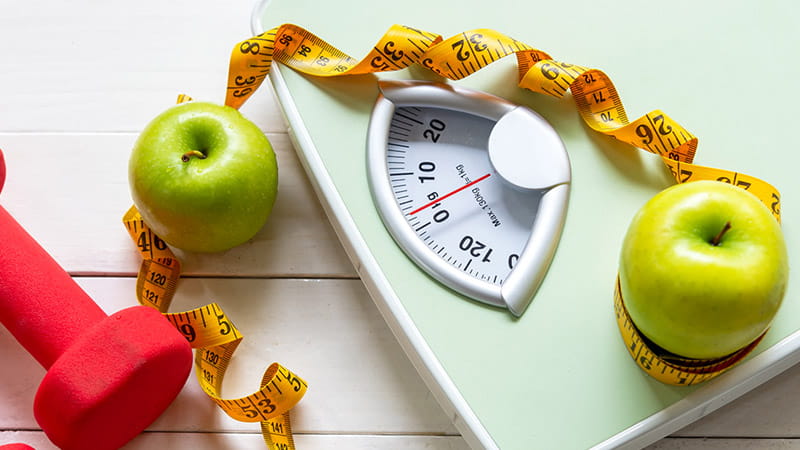
|
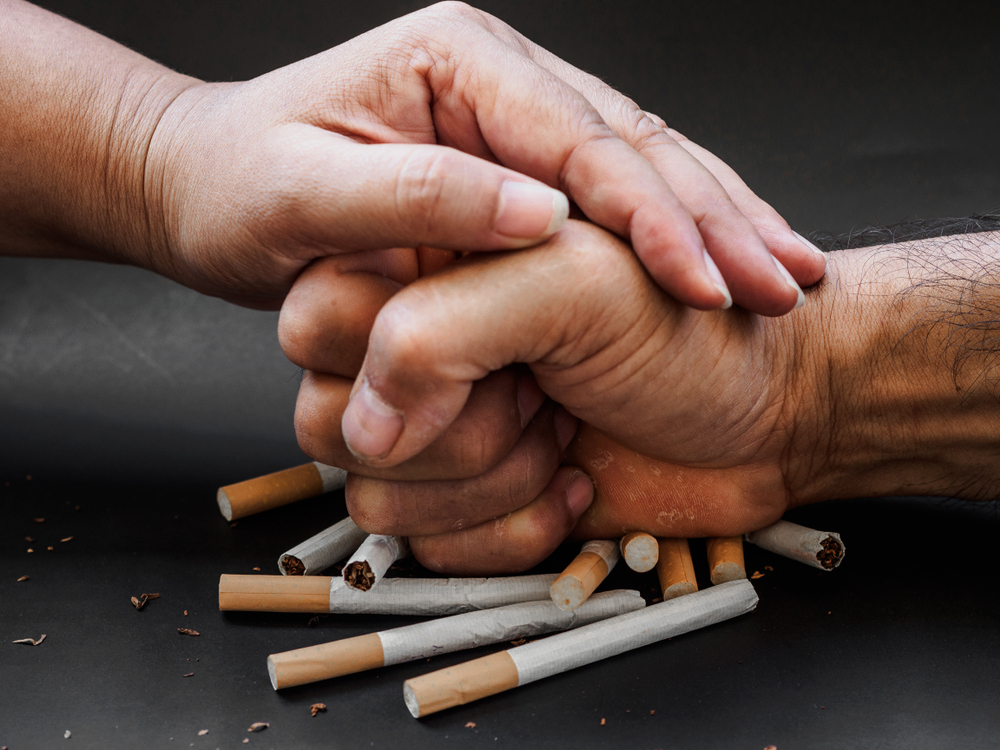
|
Avoiding Smoking
|
|
|
|
Prepared By:
Daphne Low
Physiotherapist Supervisor
Trust Physiotherapy Centre (Nusa Bestari Branch)
|